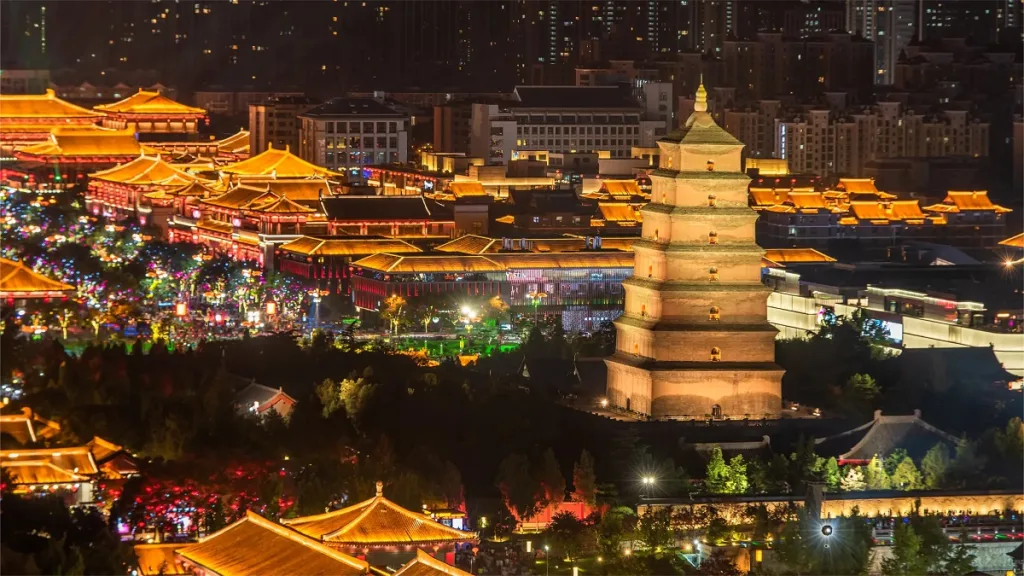Xi’an, with a history spanning over 3,100 years as a city and serving as the capital for more than 1,100 years, stands as a beacon of ancient grandeur. This ancient city, often compared to Rome, Athens, and Cairo, holds a pivotal position in both Chinese and global cultural landscapes, owing to its profound cultural heritage and rich historical legacy.
Throughout its long and illustrious history, Xi’an has been the capital of thirteen different dynasties, including the Qin, Western Han, and Tang dynasties, leaving behind a wealth of historical and cultural treasures. Iconic landmarks such as the Terracotta Warriors, the Giant Wild Goose Pagoda, the Bell Tower, and the Huaqing Pool represent integral components of Xi’an’s cultural identity and serve as significant representatives of world cultural heritage. Additionally, Xi’an has been the capital of several peasant uprising regimes, leaving indelible marks on its cultural fabric.
Xi’an’s intangible cultural heritage is equally diverse and vibrant. Xi’an drum music, which has been passed down for centuries, serves as a living relic of ancient Chinese music. Recognized as a national-level intangible cultural heritage, Xi’an drum music was even included in UNESCO’s Representative List of the Intangible Cultural Heritage of Humanity in 2009. Similarly, art forms like Qin Opera and Lintong Daoqing Shadow Puppetry are representative of Xi’an’s theatrical heritage, preserving its cultural legacy through generations.
Cuisine plays a pivotal role in Xi’an’s cultural landscape, reflecting the city’s culinary customs and regional characteristics. Delicacies such as Roujiamo (Chinese hamburger), Liangpi (cold noodles), and Yangrou Paomo (lamb soup with bread) are testament to Xi’an’s gastronomic creativity and historical development. Traditional festivals and customs further underscore Xi’an’s cultural richness, with events like dragon boat races during the Dragon Boat Festival, moon-watching gatherings on the Mid-Autumn Festival, and tomb-sweeping rituals on Qingming Festival demonstrating the city’s commitment to upholding its traditions.
Moreover, Xi’an’s handicrafts and folk arts are integral facets of its cultural identity. From seal engraving and paper cutting to fragrant ash painting and pottery, these traditional crafts not only possess high artistic value but also showcase the ingenuity and creativity of Xi’an’s people.
In conclusion, Xi’an’s culture is a mosaic of diversity and richness, blending deep historical roots with modern vitality. Whether in historical landmarks, intangible cultural heritage, culinary traditions, or artisanal crafts, each aspect contributes to the city’s unique charm, making Xi’an a captivating destination for those seeking to explore the essence of Chinese civilization.

